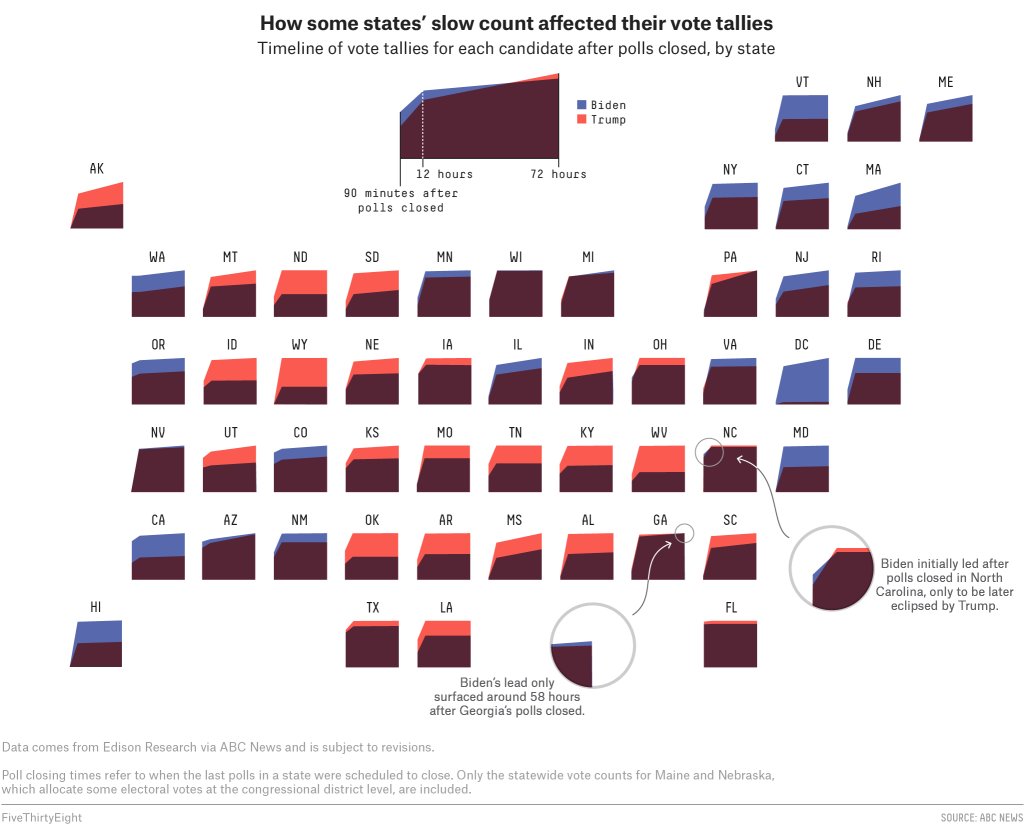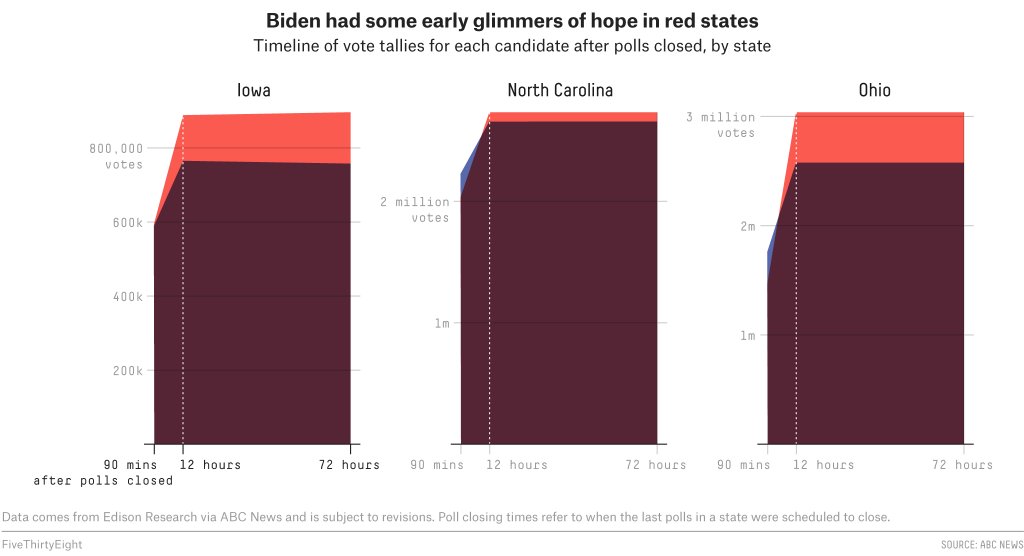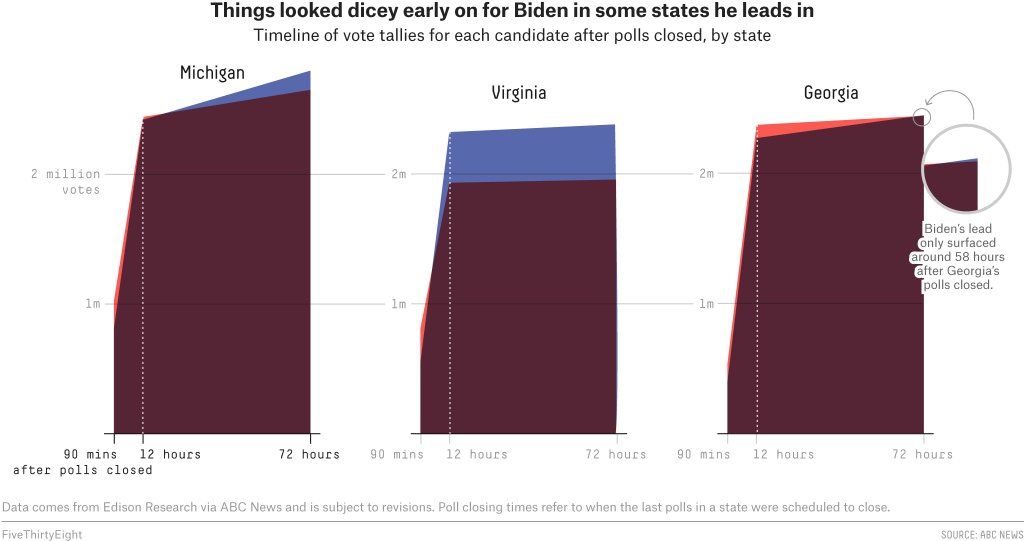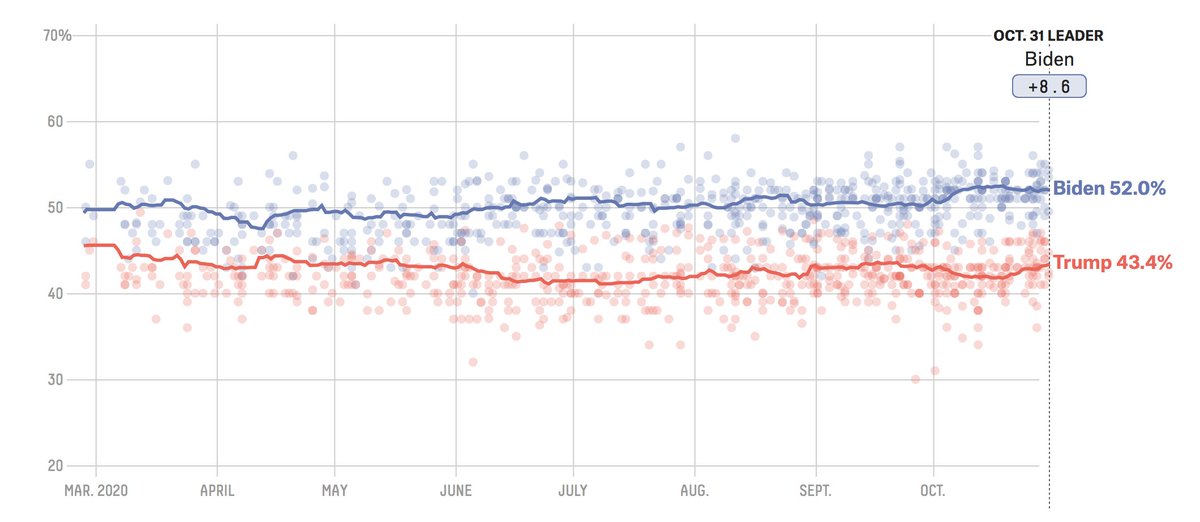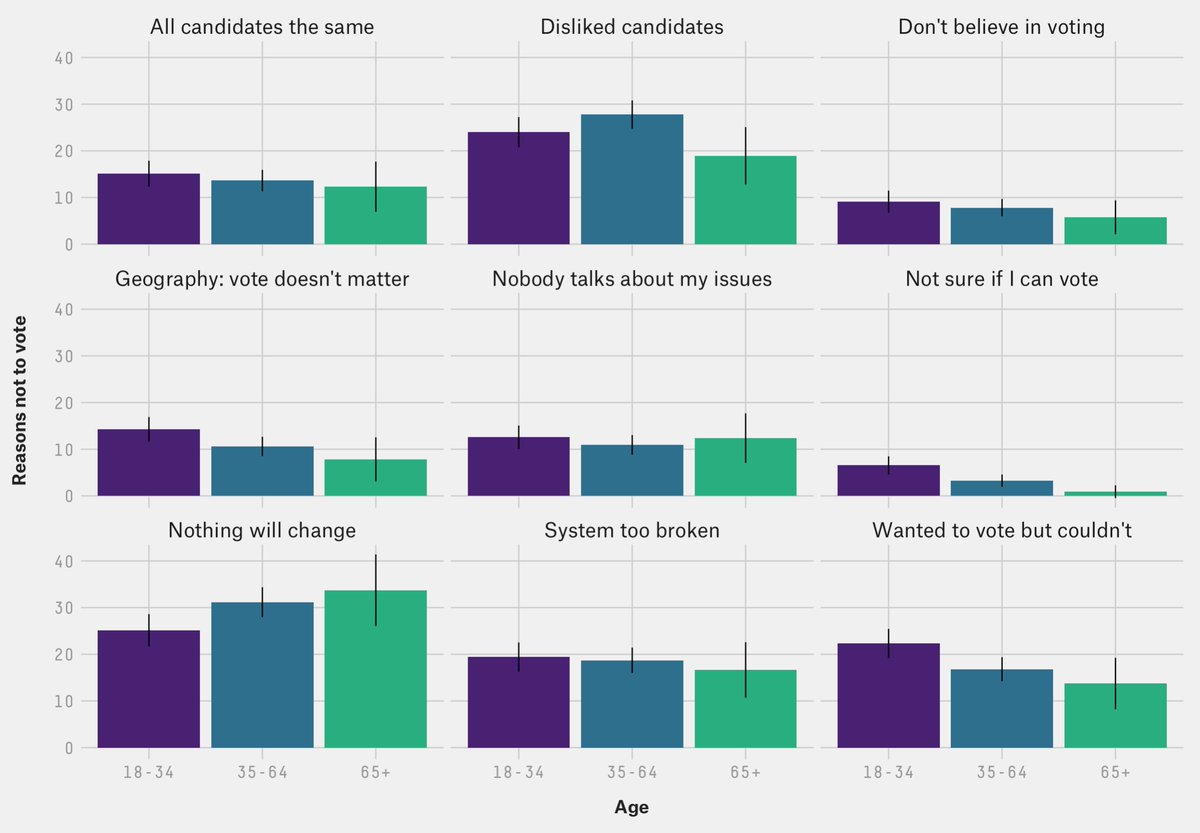
Excellent and worrying chat about the threats to US democracy by @leedrutman, @cdsamii, Jennifer McCoy and @sfrostenson.
Especially important:
1. just how dangerous the current moment is
2. how crucial the GOP's next move is for the US's trajectory
53eig.ht/39msLk9



Especially important:
1. just how dangerous the current moment is
2. how crucial the GOP's next move is for the US's trajectory
53eig.ht/39msLk9




I didn't realize @jlynnmccoy was on Twitter -- apologies!
• • •
Missing some Tweet in this thread? You can try to
force a refresh




